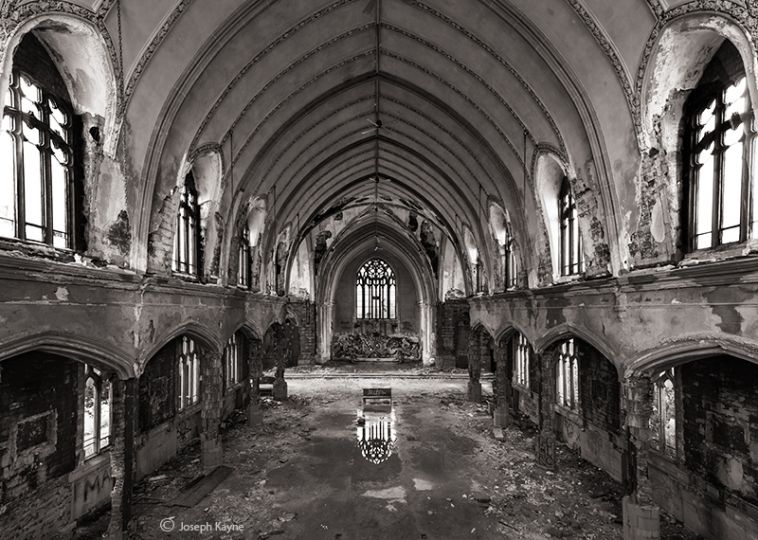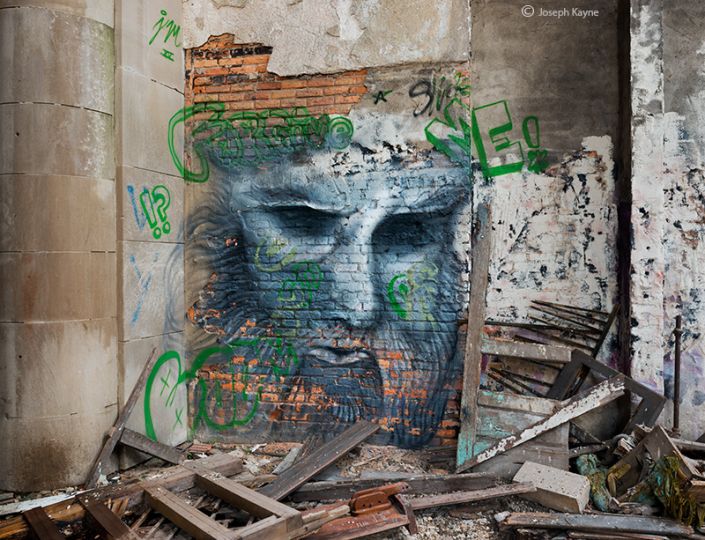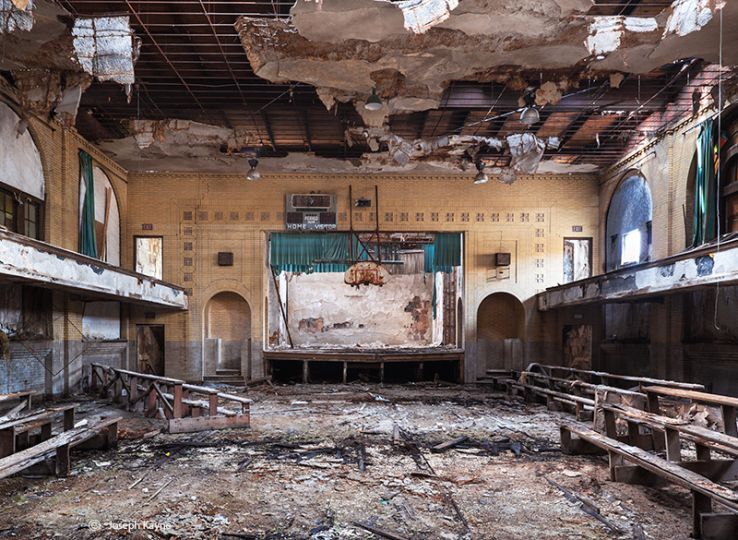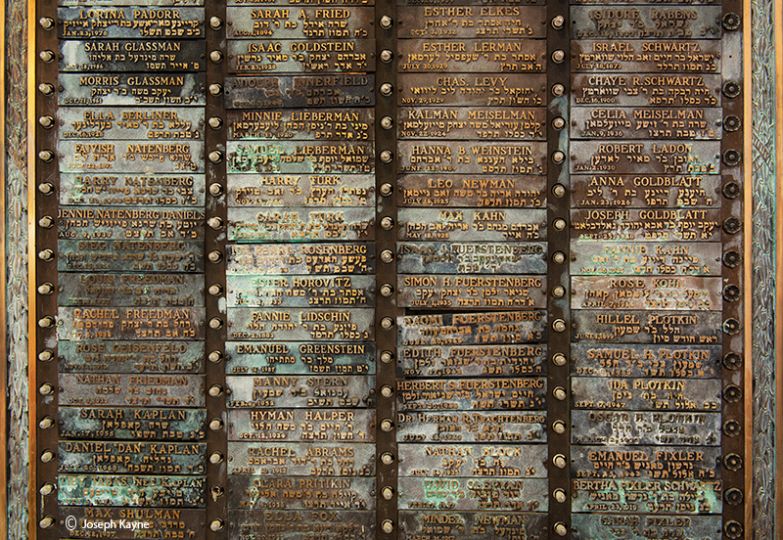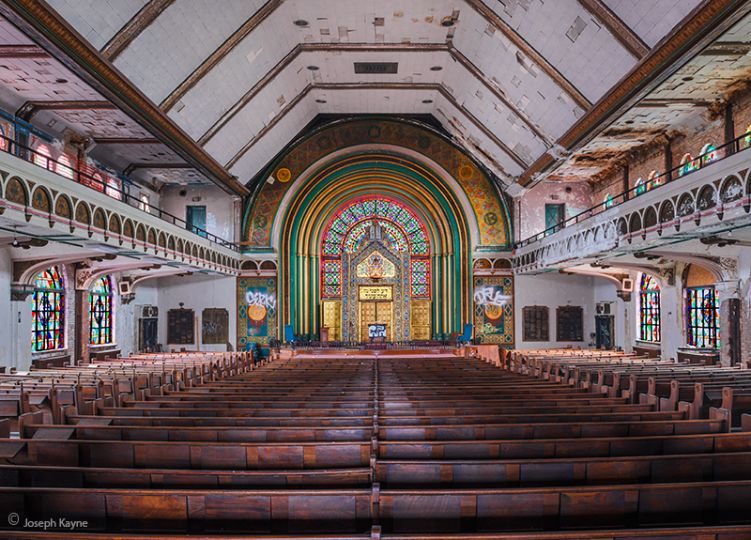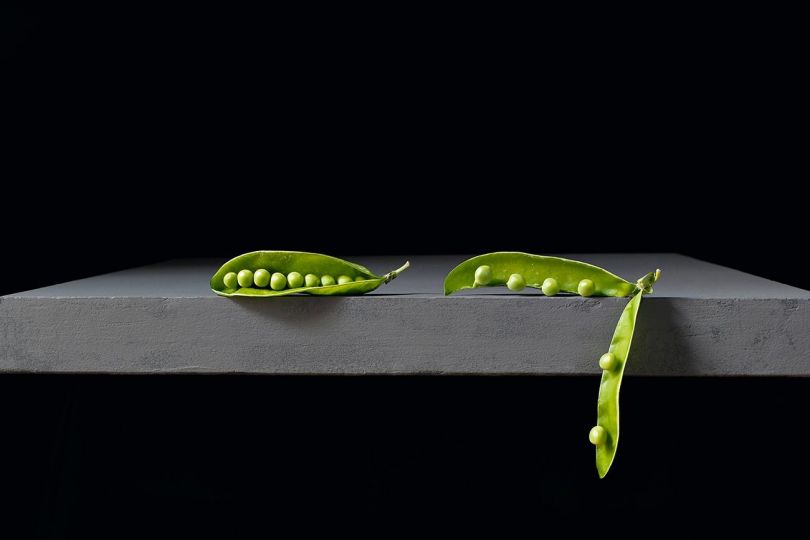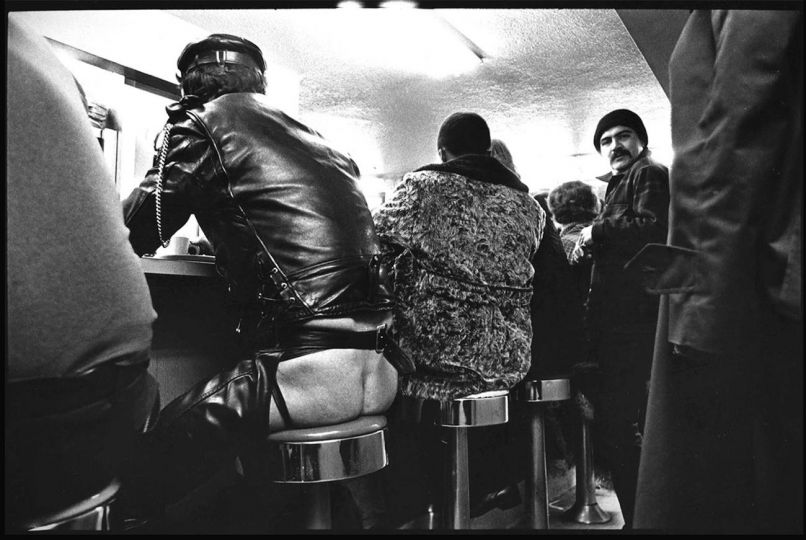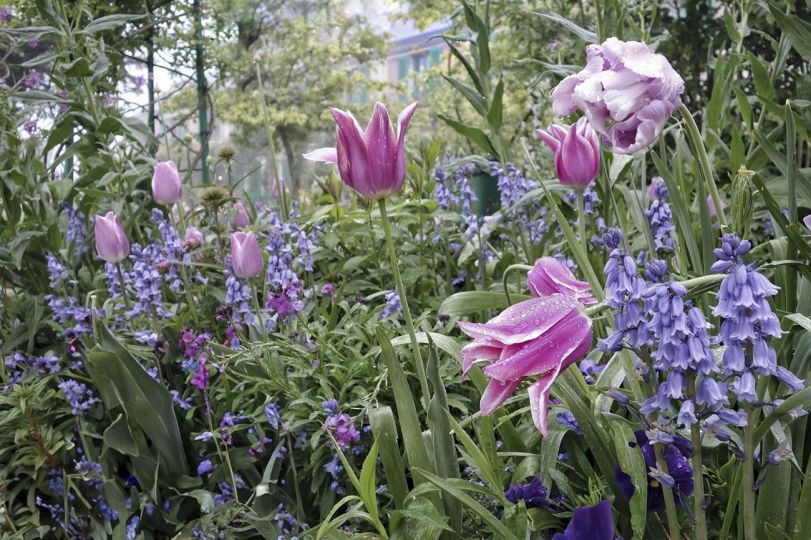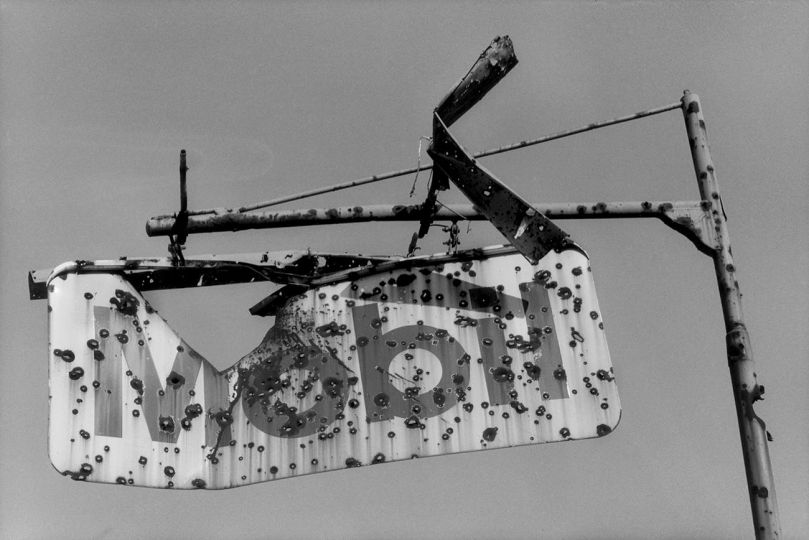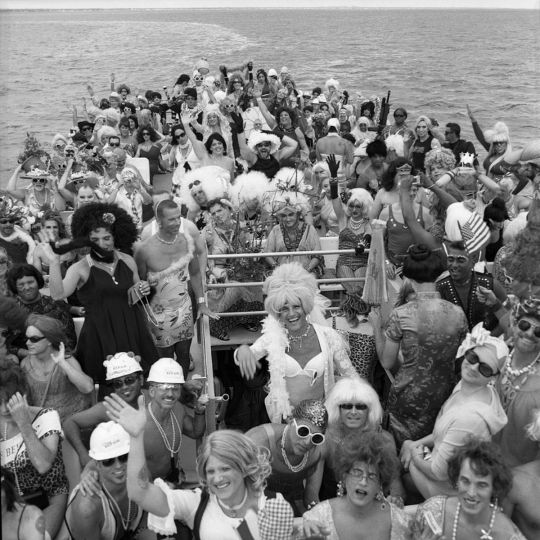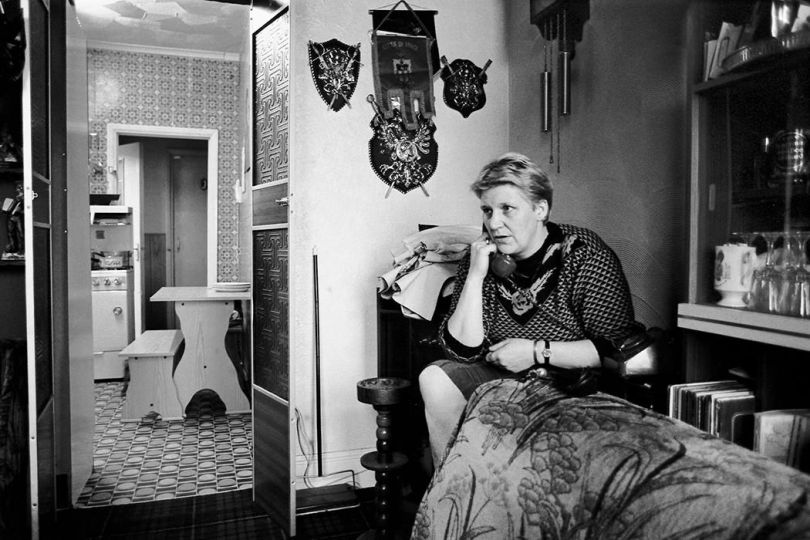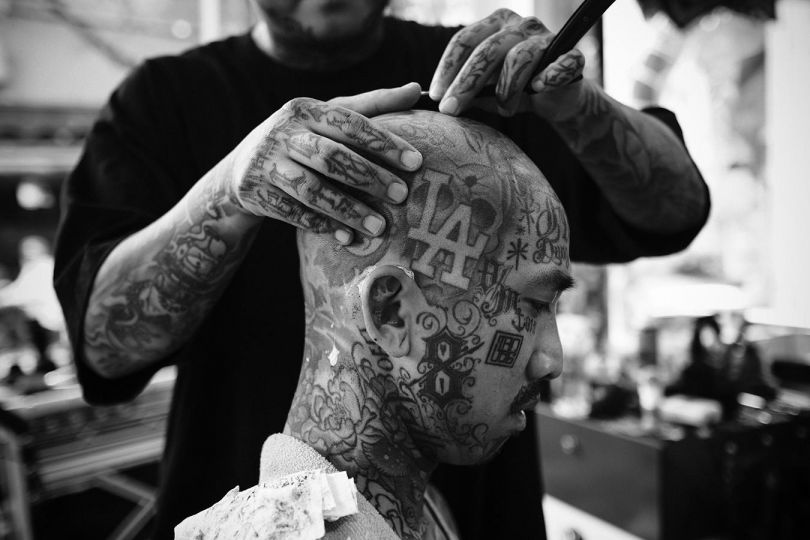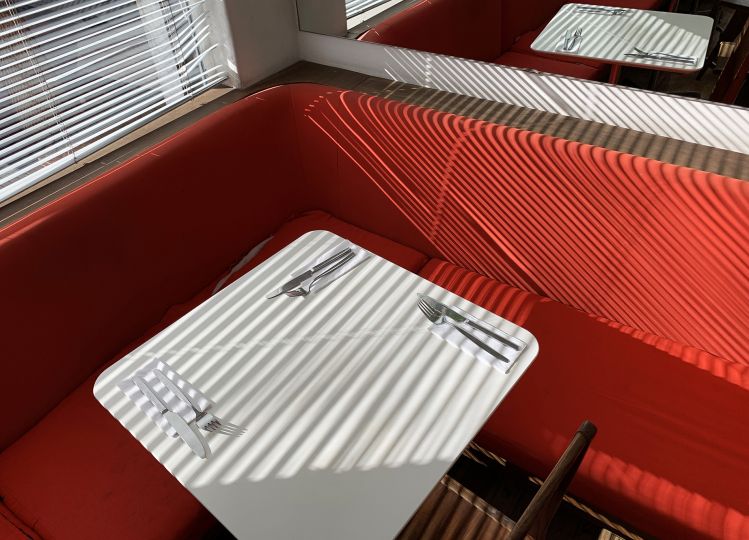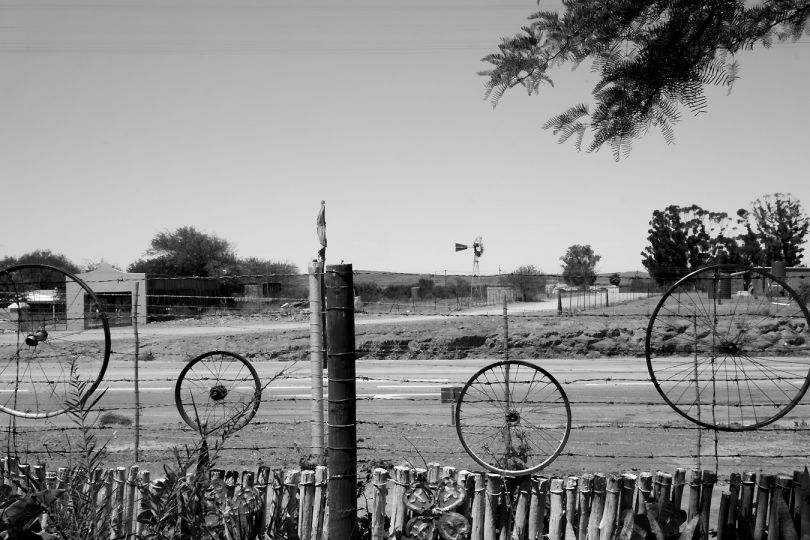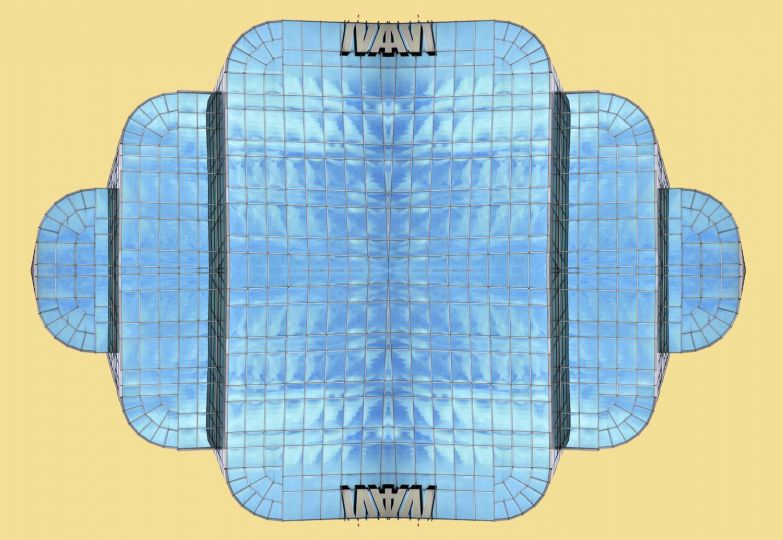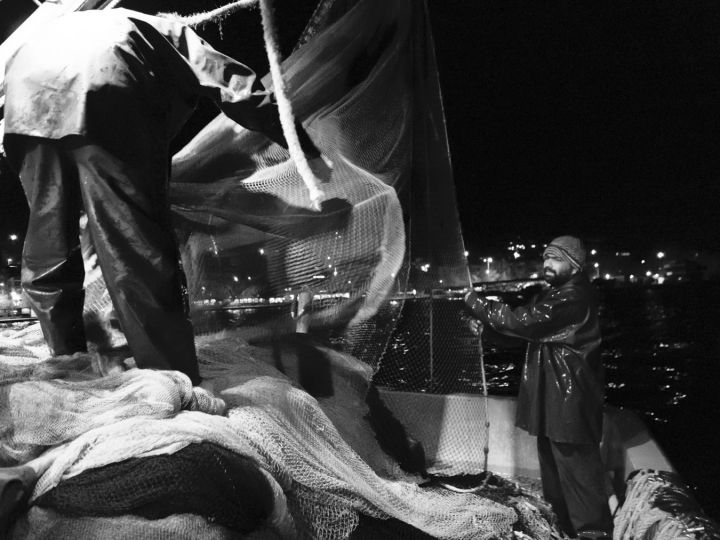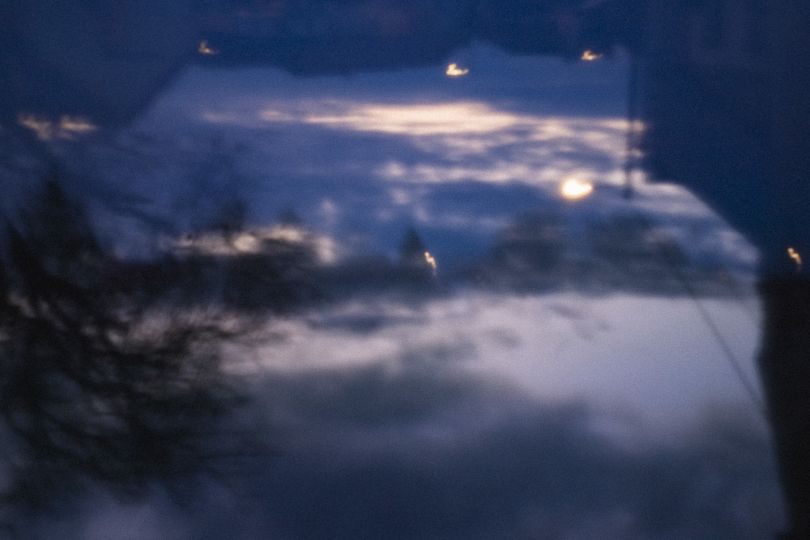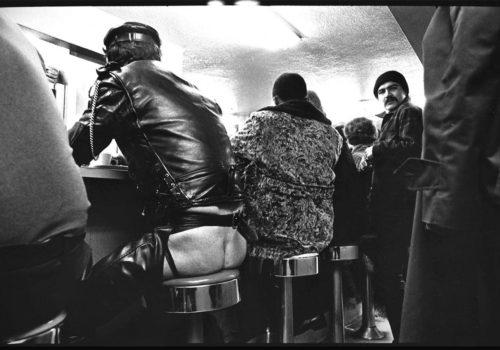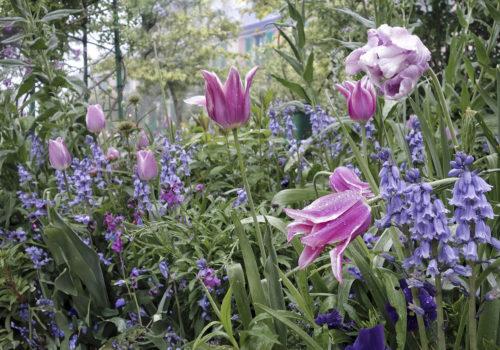Born and raised in Chicago, I have lived here all of my life (four years at college in Boston notwithstanding). Although I enjoy living in the city, I was never motivated to photograph here; I preferred The Heartland, the West, and Native American archaeological sites (such as the Anasazi Ruins). I made my name in photography with my natural and rural landscapes.
In 2006, I relocated my job and family 30 miles north of Chicago. Unexpectedly, this move altered my perspective of the city in a profound way: I was able to see the city with a new vision and an open mind; it was no longer simply associated with The Rat Race.
This renewed vision sparked my interest in photographing a subject totally unlike the rural landscape. Ironically, I turned my attention 180 degrees to my urban surroundings. Establishing a goal to produce a non-postcard view of the city, I initially photographed diverse subjects ranging from street art and murals to skyscrapers, hospitals, alleys, religious institutions, universities, and museums.
After 20 years of large-format landscape photography in remote and rural parts of the country, I have happily entered the bowels of the city, exploring several neighborhoods — “looking for the bones,” so to speak. My work on street art led to this present project, “Abandoned Faith,” which is a portrayal of abandoned churches, temples and religious schools. My street art project often took me to blighted locals in the Rust Belt, including certain areas of Gary, Detroit, Ohio, and Chicago. Here, I discovered the abandoned and discarded meccas of our country’s backbone: forgotten religious institutions. The Rust Belt once rode the crest of industrial growth. Steel and automobile manufacturing flourished. However, over the last 20 years, things changed. Growing income and wealth inequality, and the moving of jobs and manufacturing to India, China, Brazil, and the like brought, forth crumbling neighborhoods. With the loss of jobs and industry came the closing of schools and churches. Homes were lost and abandoned because taxes couldn’t be paid. With the loss of taxes came the closure of schools and the depletion of government services.
In some regard, this project is similar my prior Ancestral Puebloan Ruins and American Barns projects that I photographed in the early 1990’s. These empty structures resemble the skeletal structure of the human body, housing the heart, emotions, soul, faith, mind, pain, and exuberance of life. They kept everything together. Community pillars…the nucleus of the human life. Now, each closed church or temple represents a missing thread in a large rug. The more threads that are lost, the less stable the rug, or in these cases, the community. Once closed, the bones only remain….How could we let these gems crumble?
I switched my photography tools for this project. I purchased my first digital camera and went to the 35mm format. Given the blighted areas where my subject matter was located, I couldn’t see myself safely sitting under a darkcloth in dark dangerous areas. Also, the digital capture handled the large range of exposure in closed dark buildings. Permission was sought to enter most buildings but occasionally I wasn’t able to contact anyone. Also, I tried to have another person with me for safety reasons. I also carry hot pepper spray. I photograph at day break before trouble wakes. I must admit that I experience certain adrenaline rushes entering these forbidden dark and dangerous places. There is a certain genre of photography called “Urbex Photography” which is short for “Urban Exploration.” Here, photographers enter empty office buildings, apartment buildings, factories, hospitals, utility plants, tunnels, schools, sewer systems, and churches, as well as trespassing to the roofs of operating skyscrapers… sort of a “joy ride” with a camera. My goal is different. My goal is to question the abandonment of our most sacred institutions, schools and places of worship.
Joseph Kayne

